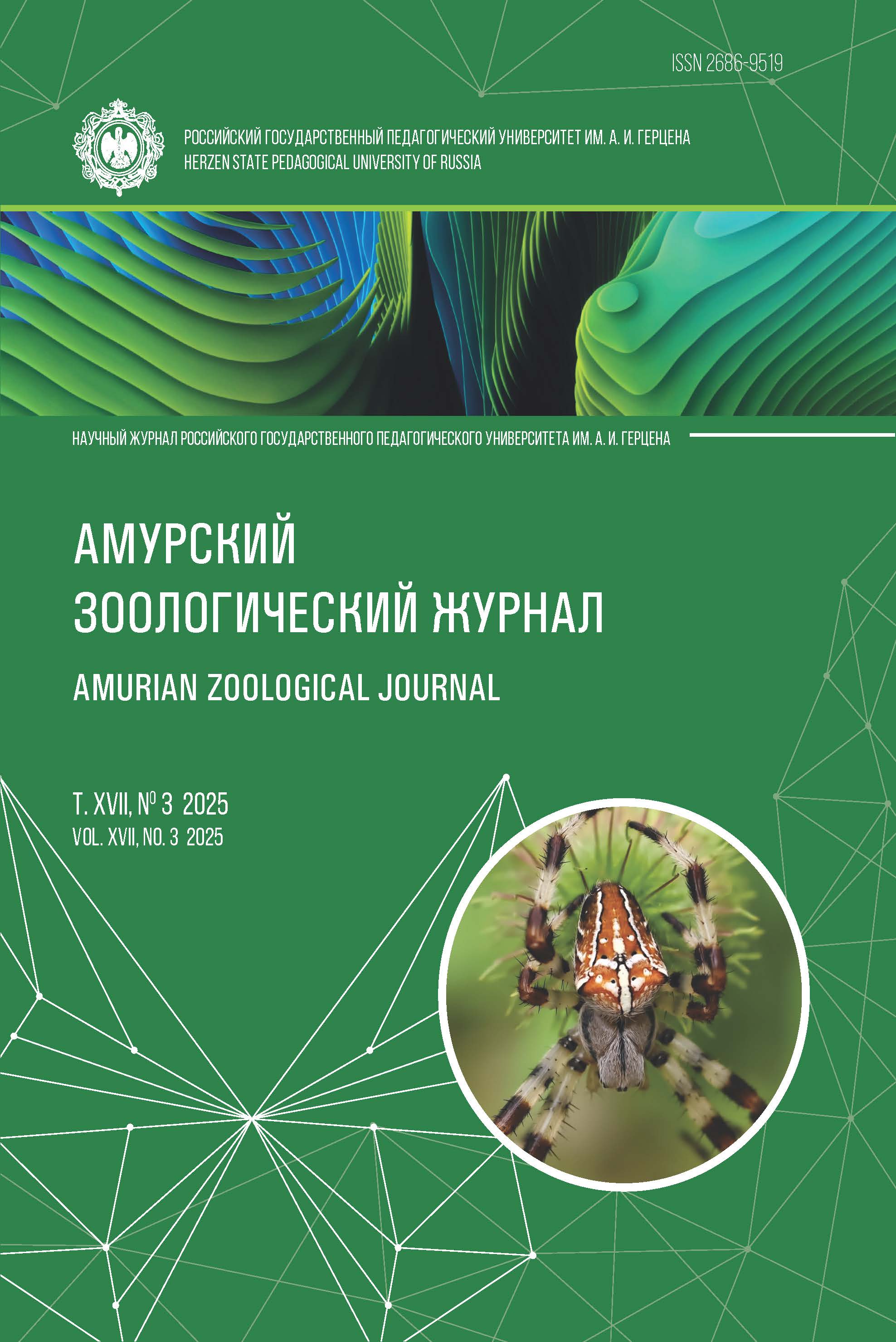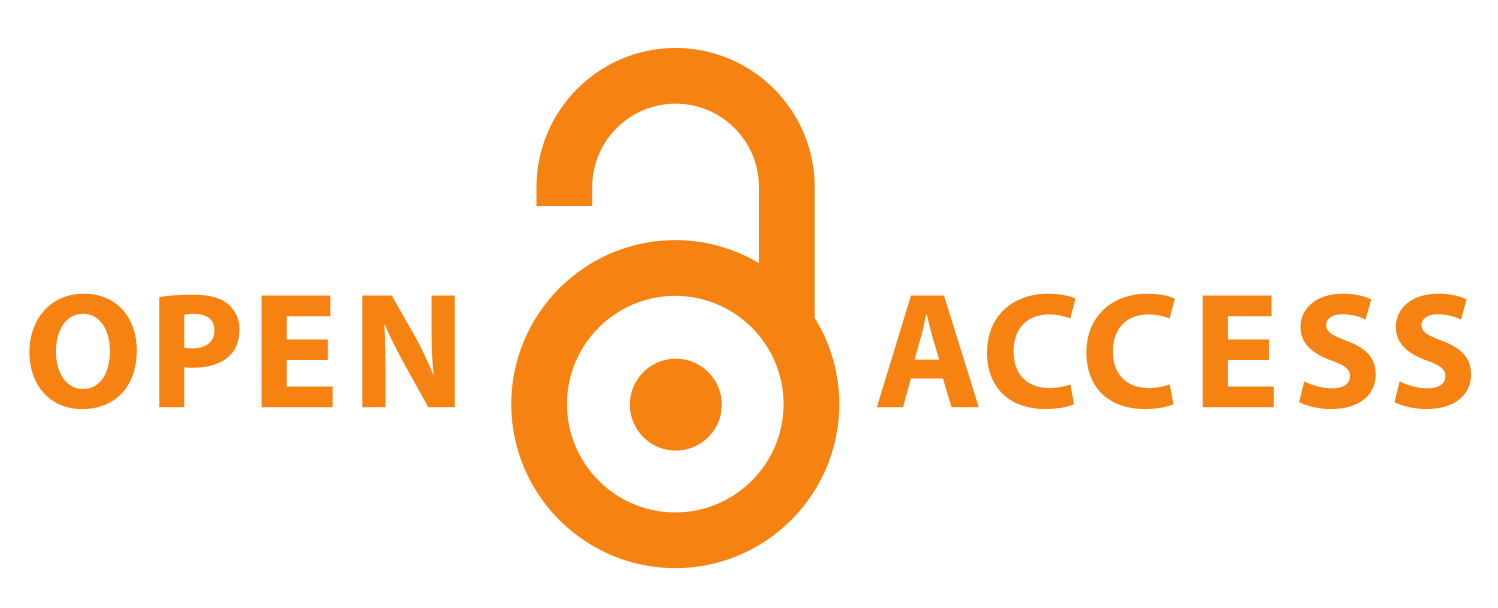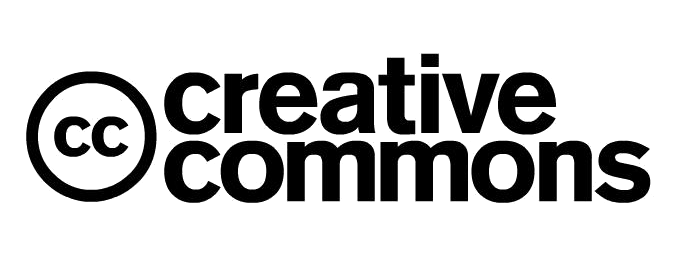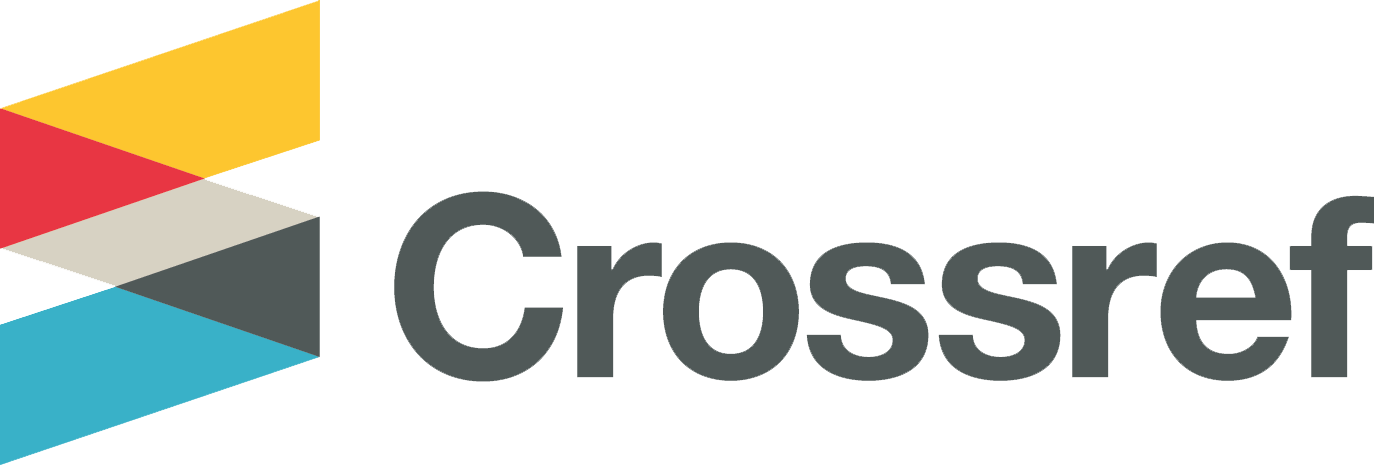Updated annotated list of Kamchatka terrestrial mammals
DOI:
https://doi.org/10.33910/2686-9519-2025-17-3-511-519Keywords:
terrestrial mammals, Kamchatka, abundance, suitable habitat areas, habitats quality classesAbstract
The article provides an updated annotated list of Kamchatka terrestrial mammals, comprising 57 species and subspecies. It features Russian, Latin, and English names for all taxa along with brief information on their status, distribution, abundance, and — for the first time —estimates of suitable habitat area categorized by quality classes.
References
ЛИТЕРАТУРА
Валенцев, А. С., Примак, Т. И. (2023) Заяц-беляк в Камчатском крае: местообитания, динамика численности и добыча. Вестник охотоведения, т. 20, № 2, с. 58–62.
Валенцев, А. С., Снегур, П. П. (2023) Формирование современной фауны наземных млекопитающих Камчатки. В кн.: Ю. Е. Вашукевич (ред.). Охрана и рациональное использование животных и растительных ресурсов: материалы международной научно-практической конференции, приуроченной к 120-летию со дня рождения профессора В. Н. Скалона, 24–28 мая 2023 г., в рамках ХII международной научно-практической конференции «Климат, экология, сельское хозяйство Евразии». Ч. 2. Молодежный: Изд-во Иркутского государственного аграрного университета им. А. А. Ежевского, с. 38–43.
Доклад о состоянии окружающей среды в Камчатском крае в 2023 году. (2024) Министерство природных ресурсов и экологии Камчатского края. [Электронный ресурс]. URL: https://kamgov.ru/files/66fc9d484f6e19.69620938.pdf (дата обращения 24.01.2025).
Кривенко, В. Г., Валенцев, А. С., Герасимов, Ю. Н. и др. (2019) Охотничьи животные Камчатского края (состояние ресурсов, охрана и рациональное использование). Петропавловск-Камчатский: Камчатпресс, 227 с.
Никаноров, А. П. (2000) Млекопитающие. В кн.: Р. С. Моисеев, А. М. Токранов (ред.). Каталог позвоночных Камчатки и сопредельных морских акваторий. Петропавловск-Камчатский: Камчатский печатный двор, с. 100–110.
Павлинов, И. Я., Лисовский, А. А. (ред.) (2012) Млекопитающие России: систематико-географический справочник. М.: КМК, 604 с.
Павлинов, И. Я., Россолимо, О. Л. (1987) Систематика млекопитающих СССР. М.: Изд-во Московского государственного университета им. М. В. Ломоносова, 285 с.
Павлинов, И. Я., Россолимо, О. Л. (1998) Систематика млекопитающих СССР: дополнения. М.: Изд-во Московского государственного университета им. М. В. Ломоносова, 190 с.
Перечень объектов животного мира, обитающих на территории Камчатского края (за исключением морских млекопитающих). (2019) [Электронный ресурс]. URL: https://minprir.kamgov.ru/document/file/download?id=87175 (дата обращения 24.01.2025).
Токранов, А. М. (ред.). (2018) Красная книга Камчатского края. Т. 1. Животные. Петропавловск-Камчатский: Камчатпресс, 196 с.
Чернявский, Ф. Б. (1984) Млекопитающие крайнего северо-востока Сибири. М.: Наука, 388 с.
Boeskorov, G. G. (1997) Khromosomnye razlichiya u losej (Mammalia, Artiodactyla, Alces alces L.) [Chromosomal differences in moose (Mammalia, Artiodactyla, Alces alces L.)]. Genetika — Russian Journal of Genetics, vol. 33, no. 7, pp. 974–978.
Geist, V. (1998) Deer of the world: Their evolution, behavior, and ecology. Mechanicsburg: Stackpole Books Publ., 421 p.
Niedziałkowska, M., Górny, M., Gornia, J. et al. (2024) Impact of global environmental changes on the range contraction of Eurasian moose since the Late Pleistocene. Science of the Total Environment, vol. 957, no. 6, article 177235. https://doi.org/10.1016/j.scitotenv.2024.177235
REFERENCES
Boeskorov, G. G. (1997) Khromosomnye razlichiya u losej (Mammalia, Artiodactyla, Alces alces L.) [Chromosomal differences in moose (Mammalia, Artiodactyla, Alces alces L.)]. Genetika — Russian Journal of Genetics, vol. 33, no. 7, pp. 974–978. (In English)
Chernyavsky, F. B. (1984) Mlekopitayushchie krajnego severo-vostoka Sibiri [Mammals of extreme Northeastern Siberia]. Moscow: Nauka Publ., 388 p. (In Russian)
Doklad o sostoyanii okruzhayushchej sredy v Kamchatskom krae v 2023 godu [Report on the state of the environment in the Kamchatka Region]. (2024) Ministerstvo prirodnykh resursov i ekologii Kamchatskogo kraya [The Ministry of Natural Resources and Ecology of Kamchatka Krai]. [Online]. Available at: https://kamgov.ru/files/66fc9d484f6e19.69620938.pdf (accessed 24.01.2025). (In Russian)
Geist, V. (1998) Deer of the world: Their evolution, behavior, and ecology. Mechanicsburg: Stackpole Books Publ., 421 p. (In English)
Krivenko, V. G., Valentsev, A. S., Gerasimov, Yu. N. et al. (2019) Okhotnich’i zhivotnye Kamchatskogo kraya (sostoyanie resursov, okhrana i ratsional’noe ispolzovanie) [Hunting Animals of Kamchatka Krai (state of resources, protection, and rational use)]. Petropavlovsk-Kamchatsky: Kamchatpress, 227 p. (In Russian)
Niedziałkowska, M., Górny, M., Gornia, J. et al. (2024) Impact of global environmental changes on the range contraction of Eurasian moose since the Late Pleistocene. Science of the Total Environment, vol. 957, no. 6, article 177235. https://doi.org/10.1016/j.scitotenv.2024.177235 (In English)
Nikanorov, A. P. (2000) Mlekopitayushchie [Mammals]. In: R. S. Moiseev, A. M. Tokranov (eds.). Katalog pozvonochnykh Kamchatki i sopredel’nykh morskikh akvatorij [Catalog of vertebrates of Kamchatka and adjacent waters]. Petropavlovsk-Kamchatsky: Kamchatskij pechatnyj dvor Publ., pp. 100–110. (In Russian)
Pavlinov, I. Ya., Lissovsky, A. A. (eds.). (2012) Mlekopitayushchie Rossii: sistematiko-geograficheskij spravochnik [The mammals of Russia: A taxonomic and geographic reference]. Moscow: KMK Scientific Press, 604 p. (In Russian)
Pavlinov, I. Ya., Rossolimo, O. L. (1987) Sistematika mlekopitayushchikh SSSR [Systematics of mammals of the USSR]. Moscow: Lomonosov Moscow State University Publ., 285 p. (In Russian)
Pavlinov, I. Ya., Rossolimo, O. L. (1998) Sistematika mlekopitayushchikh SSSR: dopolneniya [Systematics of mammals of the USSR: Supplements]. Moscow: Lomonosov Moscow State University Publ., 190 p. (In Russian)
Perechen’ ob’ektov zhivotnogo mira, obitayushchikh na territorii Kamchatskogo kraya (za isklyucheniem morskikh mlekopitayushchikh) [A list of wildlife found in Kamchatka Region (with the exception of marine mammals)]. (2019) [Online]. Available at: https://minprir.kamgov.ru/document/file/download?id=87175 (accessed 24.01.2025). (In Russian)
Tokranov, A. M. (ed.). (2018) Krasnaya kniga Kamchatskogo kraya. T. 1. Zhivotnye [Red Data Book of Kamchatskiy Krai. Vol. 1. Animals]. Petropavlovsk-Kamchatsky: Kamchatpress, 196 p. (In Russian)
Valentsev, A. S., Primak, T. I. (2023) Zayats-belyak v Kamchatskom krae: mestoobitanie, dinamika chislennosti i dobycha [Mountain hare in Kamchatka: Habitat, population dynamics, and harvesting]. Vestnik okhotovedeniya — Bulletin of Hunting, vol. 20, no. 2, pp. 58–62. (In Russian)
Valentsev, A. S., Snegur, P. P. (2023) Formirovanie sovremennoj fauny nazemnykh mlekopitayushchikh Kamchatki [Kamchatka terrestrial mammals modern fauna formation]. In: Yu. E. Vashukevich (ed.). Okhrana i ratsional’noe ispol’zovanie zhivotnykh i rastitel’nykh resursov: materialy mezhdunarodnoj nauchno-prakticheskoj konferentsii, priurochennoj k 120-letiyu so dnya rozhdeniya professora V. N. Skalona, 24–28 maya 2023 g., v ramkakh XII mezhdunarodnoj nauchno-prakticheskoj konferentsii “Klimat, ekologiya, sel’skoe khozyajstvo Evrazii” [Protection and rational use of animal and plant resources: Proceedings of the international scientific and practical conference dedicated to the 120th anniversary of the birth of Professor V. N. Skalon, May 24–28, 2023, within the framework of the XII international scientific and practical conference “Climate, ecology, agriculture of Eurasia”]. Pt. 2. Molodyozhny: Irkutsk State Agrarian University named after A. A. Ezhevsky Publ., pp. 38–43. (In Russian)
Downloads
Published
Issue
Section
License
Copyright (c) 2025 Aleksandr S. Valentsev, Tatyana I. Primak

This work is licensed under a Creative Commons Attribution 4.0 International License.
The work is provided under the terms of the Public Offer and of Creative Commons public license Creative Commons Attribution 4.0 International (CC BY 4.0).
This license permits an unlimited number of users to copy and redistribute the material in any medium or format, and to remix, transform, and build upon the material for any purpose, including commercial use.
This license retains copyright for the authors but allows others to freely distribute, use, and adapt the work, on the mandatory condition that appropriate credit is given. Users must provide a correct link to the original publication in our journal, cite the authors' names, and indicate if any changes were made.
Copyright remains with the authors. The CC BY 4.0 license does not transfer rights to third parties but rather grants users prior permission for use, provided the attribution condition is met. Any use of the work will be governed by the terms of this license.







